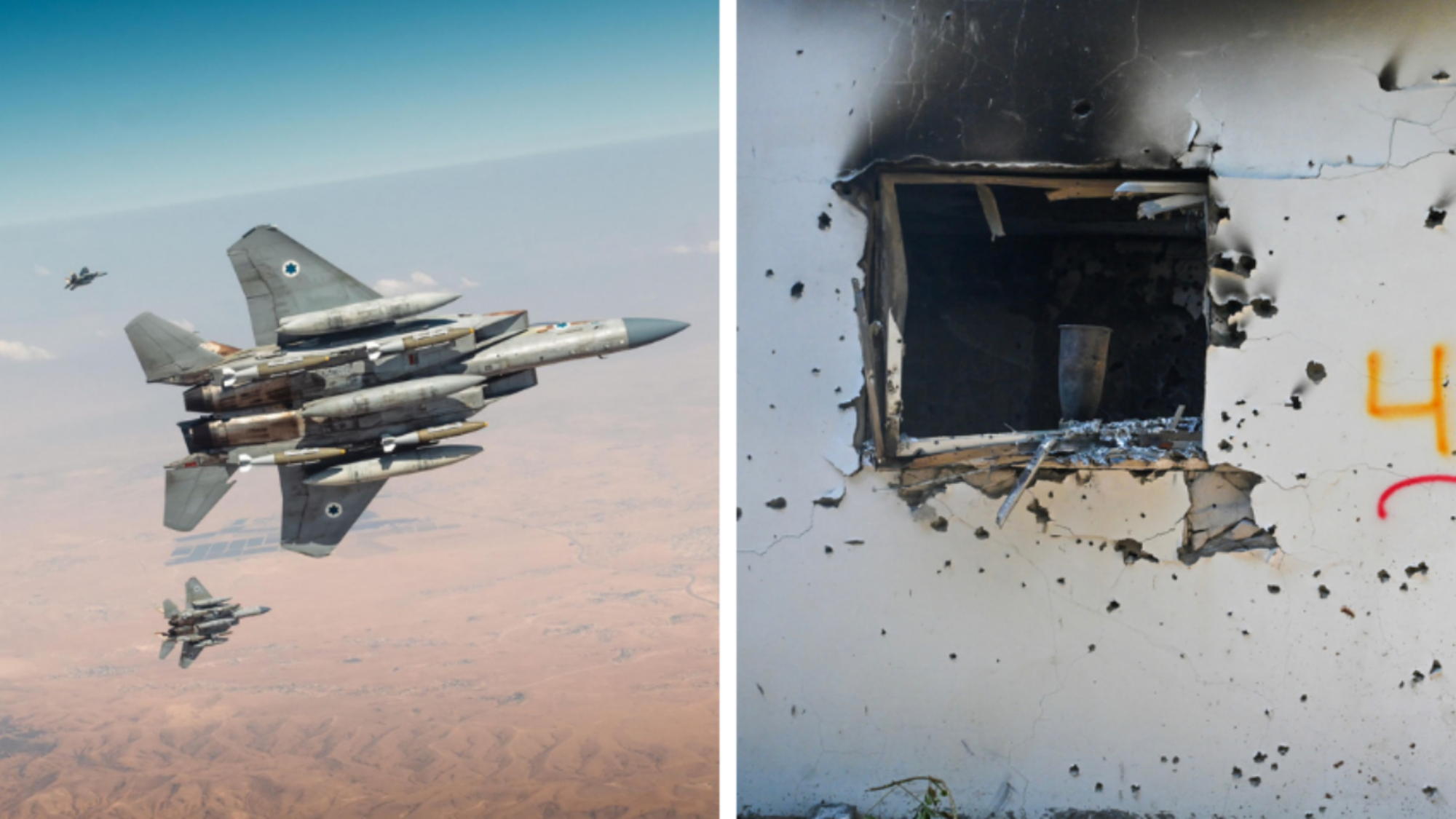Tachles: A modern Hebrew word of Yiddish origin that means “to the point.”
Each January, thousands of Christian pilgrims flock to the Jordan Valley to celebrate Epiphany, a festival marking Jesus’ birth and later his baptism by John the Baptist at a location on the western bank of the Jordan River that is today known as Qaser al-Yahud. The manifestation of God on earth draws Christians from the Roman Catholic Church to the Ethiopian Orthodox Church to the “castle of the Jews,” the literal translation of the Arabic name for the site. And as the name suggests, in addition to Christian traditions of Jesus’ baptism, Jewish traditions are also associated with the Jordan River, such as the entry of the children of Israel into the Promised Land and the ascension of the prophet Elijah. A Christian baptismal spectacle in the middle of the desert and the minefields.
But even the entry of the children of Israel into the Promised Land has something to do with baptism and regeneration. They had to cross the Jordan River to enter the new kingdom. Before, when the children of Israel fled Egypt, they had to go through the Red Sea (Exodus 14). As they stood before the Red Sea, God said, “Today you will see my redemption (Yeshua – ישועה).” After the children of Israel were saved and the Red Sea was closed again, God said, “On that day Israel was redeemed from the hand of the Egyptians.” In both verses, the Hebrew Bible text uses the root word Yeshua, salvation. Translations of the Bible usually don’t use the term “redeem” or “redemption” here, but rather translate it simple as “help” or “save.” But that waters down the full meaning of the text. The same symbolism of water and redemption appears more than once in the story of the children of Israel. And who knows, maybe Jesus’ baptismal site was the same place where the people of Israel were “baptized” when they entered the land.

Back to the future and Epiphany. Epiphany is the oldest Christian festival after Easter and goes back to the tradition of the Eastern Church in the second century, which still celebrates the birth of Christ on this day. The term Epiphany comes from the Greek and describes the manifestation of God in Jesus. It fascinates me every time to see thousands of Christians in an endless line in the biblical desert. They all wait patiently until to reach the river bank and fill their empty bottles with Jordan water to take home with them. The Greek Orthodox Patriarch of Jerusalem, Theophilos III, presided over the Christian ceremony under the supervision of Israeli soldiers. Jews accompany the Christians during the celebrations at the Christian baptism site. Sounds strange, but the first people to be baptized there were Jews.

All soldiers are informed beforehand who the Christians are and what the festival means to them. Many of these soldiers are hearing about the Christian faith and tradition for the first time. Though most soldiers know that Jesus and his disciples were all Jews. But what they don’t understand is how a god can appear as a human. From the Jewish point of view this is blasphemy, because there is only one God, the Holy One of Israel, the God of Abraham, Isaac and Jacob. Introducing additional divine figures is idolatry. And that occupies the soldiers’ minds while they watch the Christians in the line. I don’t know what’s going on in their heads, but it’s alien and strange to most. One tradition among many, as in Judaism.

The history of these churches goes back to the Byzantine period. In the 1930s a number of new churches were built in the Jordan Valley, including a tiny Roman Orthodox church with beautiful frescoes on the walls. After the founding of the Jewish state in 1948 and the Six Day War in 1967, the Jordan Valley and especially the area north of the Dead Sea became a war zone and was riddled with mines, since many infiltrators had crossed the border from Jordan to Israel. After Israel signed a peace treaty with Jordan in 1994, the “Castle of the Jews” remained a restricted military area until Israel recently carried out a special mine clearance operation, inviting the Christian world to the baptismal site on the Jordan River. If you like, you can also consider the “Castle of the Jews” on the Jordan River as Israel’s baptismal site, because if the Bible considers passage through water, whether sea or river, to be symbolic of salvation, then there is probably a reason.
















Being baptised as Jesus was is good if carried out after being redeemed by the precious blood of Jesus Christ. Is is so sad that the Catholic Church plus many other churches are telling people they must be baptised to be saved when it is only through the blood atonement sacrifice of our Lord Jesus Christ that anyone can be saved/redeemed. Those who receive him and His perfect sacrifice of his perfect self, shedding his perfect blood which cleanses us perfectly from all our sins are the redeemed. If anything is added or taken away from his perfect sacrifice then your trust is not in Jesus Christ, who is the way, the truth, and the life.